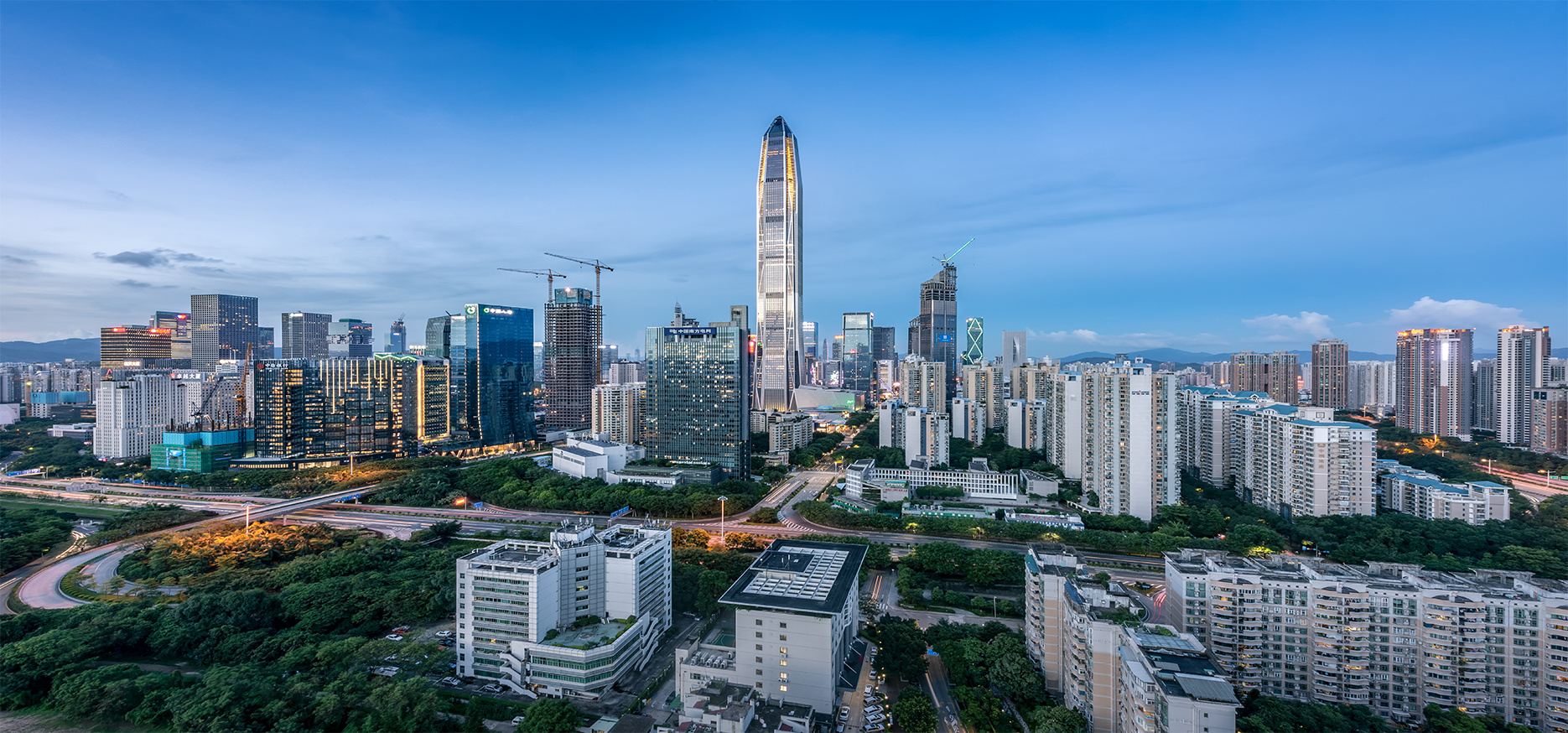Seismic Retrofitting
Building Seismic isolation and Energy disspation
technology can play an important role in the field of
existing building reinforcement.
1、 Application of Building Seismic Isolation Technology
Base isolation
Install seismic isolation devices such as laminated rubber bearings at the foundation of existing buildings. When an earthquake occurs, the isolation device can extend the natural vibration period of the structure and reduce the transfer of seismic energy to the upper structure.
It can effectively reduce the seismic response of the upper structure under earthquake action, protect the main structure and internal facilities of the building. For example, for some historical buildings or existing buildings that are sensitive to vibration, base isolation technology can improve their seismic performance without changing the appearance and functional use of the building.
Interlayer isolation
For high-rise buildings or existing buildings that cannot be isolated due to limited conditions, interlayer isolation technology can be used.
Install a seismic isolation layer on a middle floor of the building to separate the upper and lower structures. Inter story isolation can also reduce the impact of earthquakes on the upper structure and provide some protection for the lower structure. In practical applications, it is necessary to choose the location of the isolation layer and the type of isolation device reasonably based on the structural characteristics and seismic requirements of the building.
2、 Application of Building Energy disspation Technology
Energy dissipation
Install energy dissipation dampers in the structure of existing buildings, such as viscous dampers, Buckling-Restrained Brace, metal dampers, etc. When an earthquake occurs, the energy dissipation device consumes seismic energy through deformation or friction, reducing the seismic response of the structure.
Energy dissipation technology can be flexibly applied to various types of existing buildings. According to the structural form and seismic requirements of the building, suitable energy dissipation devices and layout methods (wall mounted or support mounted, etc.) can be selected.
Tuned Mass Damper (TMD)
TMD is a damping device that reduces structural vibration by adjusting mass and stiffness. Installing TMD in existing buildings can effectively control the vibration of the structure under wind or earthquake loads.
TMD is usually installed at the top or specific floors of a building, and through interaction with the structure, changes the dynamic characteristics of the structure and reduces vibration amplitude. For some high-rise existing buildings or buildings that are sensitive to wind vibration, TMD can significantly improve their comfort and safety.
3、 Application advantages
Improve seismic performance
Building Seismic isolation and Energy disspation technology can significantly improve the seismic performance of existing buildings and reduce the risk of earthquake damage. In earthquake prone areas, seismic isolation and reinforcement of existing buildings can effectively protect the safety of people's lives and property.
Reduce reinforcement costs
Compared with traditional seismic reinforcement methods, Seismic isolation and Energy disspation techniques can usually reduce the use of reinforcement materials and construction workload, thereby reducing reinforcement costs. It is worth noting that due to the reduction in the scope of construction impact, it can reduce many potential costs. For example, a reasonable construction plan can ensure that reinforcement does not even affect the work and life inside the building, and greatly save the cost of interior renovation.
Protecting historical buildings
For historical buildings and cultural heritage, the use of Seismic isolation and Energy disspation technology for reinforcement can improve their seismic resistance and extend their service life without changing or minimally changing the appearance and historical style of the building.
Improve building comfort
Building Seismic isolation and Energy disspation technology can effectively reduce the vibration caused by wind loads or other situations, improve the comfort of buildings, and is particularly suitable for buildings that are sensitive to vibration, such as hospitals, laboratories, etc.












